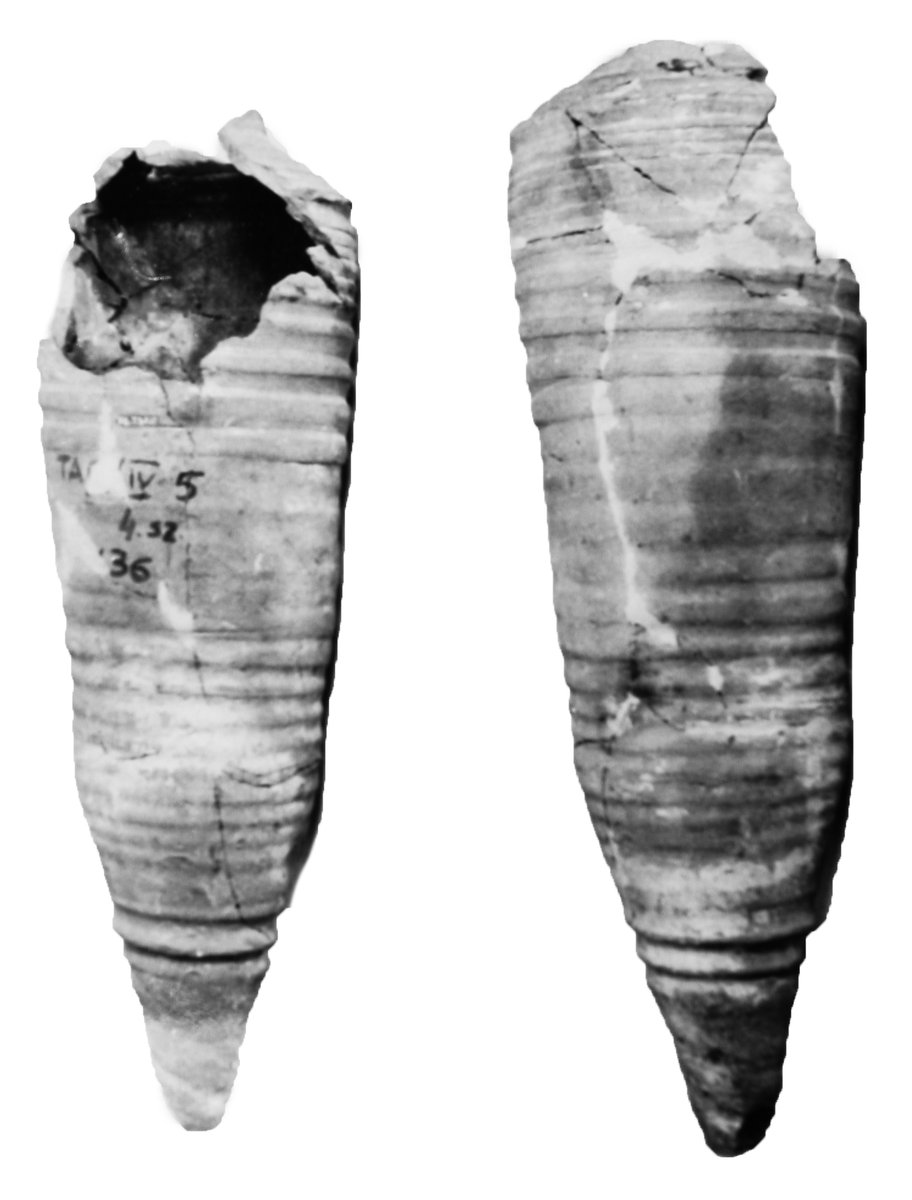
Amphora Fragment
Egyptian Art
| Place of production | Egypt |
|---|---|
| Date | second half of Ist millennium B.C. |
| Object type | sculpture |
| Medium, technique | Bronze |
| Dimensions | 10.5 × 6 × 3.5 cm |
| Inventory number | 60.8-E |
| Collection | Egyptian Art |
| On view | Museum of Fine Arts, Basement Floor, Ancient Egypt, Daily life |
The statuette represents a male figure, striding forth with this left leg. He wears a ram-head and a headdress combined with sun disc and feathers. A pair of arms of the divinity is placed on the outstretched wings, another pair of arms is extended along the body. The phallus of the ithyphallic figure is decorated with the head of a lion- (or cat-) shaped goddess (Sekhmet/Bastet). From his knees uraeus-snakes emerge. The iconography of the back of the statuette is noteworthy as well. At the height of the head and the neck two additional heads can be seen: the upper one is a head of a lion surmounted by a sun disc, the lower one is that of a jackal. Below the additional heads, the rear part of the body of the god is designed to represent the body and tail feathers of a falcon. A tenon below the narrow base refers to the fact that the statuette could originally have been a part of a statue group.
The figure belongs to a type of the so-called pantheistic or composite gods which frequently appeared during the second part of the first millennium BC, in three- and two-dimensional representations as well. This type of divine image was designed to incorporate and imply as many divine aspects, symbols, and magical powers as possible in a single representation in order to provide the most effective magical protection for its owner against evil demons who were often thought to be sent by the gods themselves. The ram-head of the Budapest statuette decorated with feathers and a sun disc presumably evokes the god Amun-Re. The body of a falcon with the outstretched wings and the additional lion-head may symbolize the power of Atum-Re-Horakhty and his Solar Eye which is sometimes embodied as a lioness. The jackal head can refer to the cults of the funerary god (Ptah-Sokar-Osiris) venerated in Memphis and in its necropolis (Saqqara) who was considered as a chthonic aspect of the sun god.
This record is subject to revision due to ongoing research.